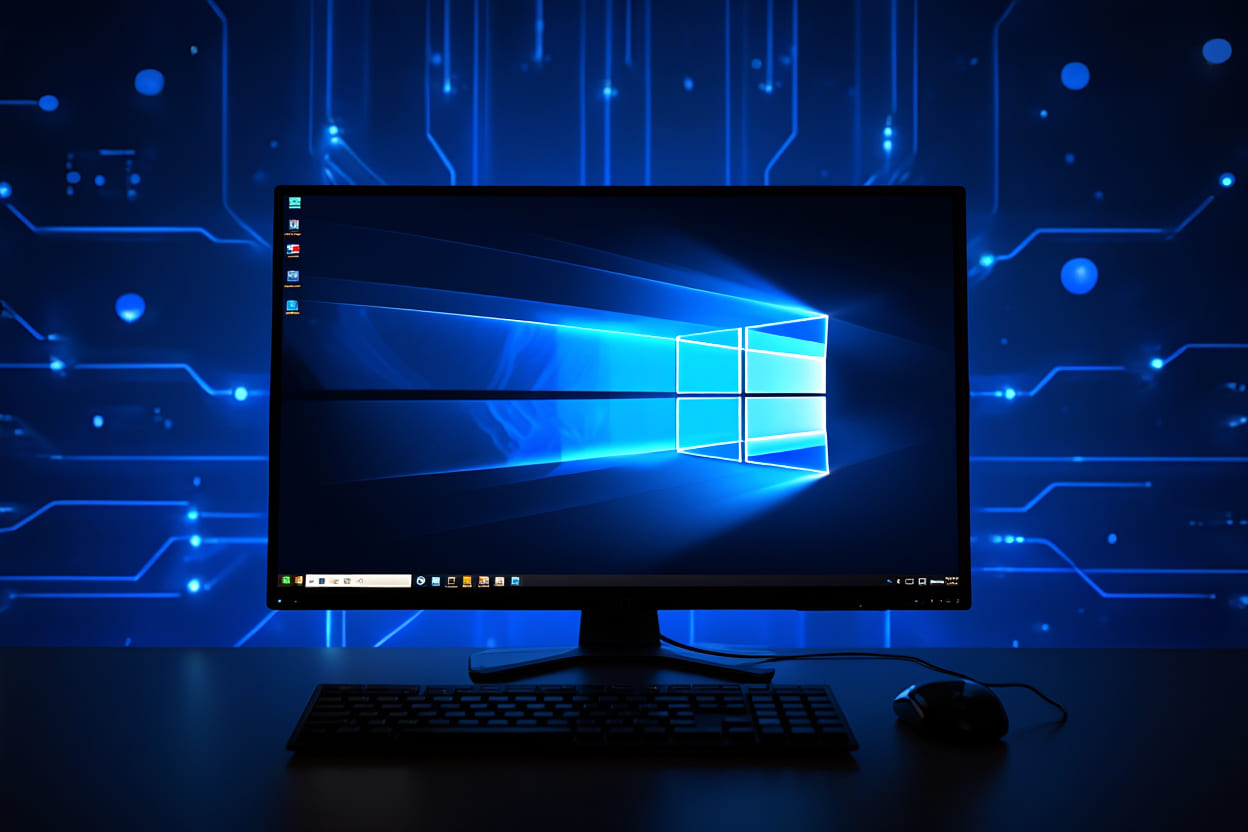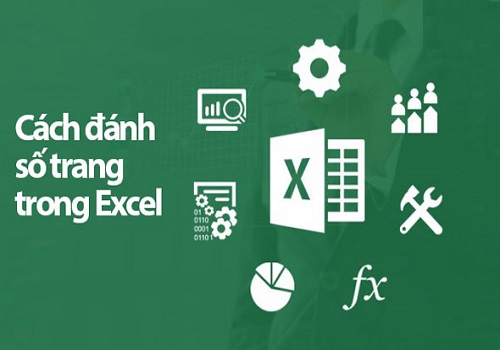Are you tired of waiting for your PC to boot? In this guide, you’ll learn how to speed up Windows 10 startup 2025 using the safest and most effective techniques. With the right tweaks, you can drastically cut boot times whether you’re a home user, gamer, or IT professional.
As Windows 10 evolves with 2025 updates, new startup management tools and optimized hardware settings make it easier than ever to achieve faster boot performance. This step-by-step guide will show you how to:
-
Disable unnecessary startup apps safely.
-
Enable or fine-tune Fast Startup.
-
Clean up system files and remove bloatware.
-
Use proven tools and advanced settings for maximum efficiency.
By following these expert-backed methods, you’ll master how to speed up Windows 10 startup 2025 and transform your PC from sluggish to lightning-fast.
Understanding How Windows 10 Startup Works (2025)
To apply the techniques in this how to speed up Windows 10 startup 2025 guide effectively, you need to understand how the Windows 10 boot process functions.
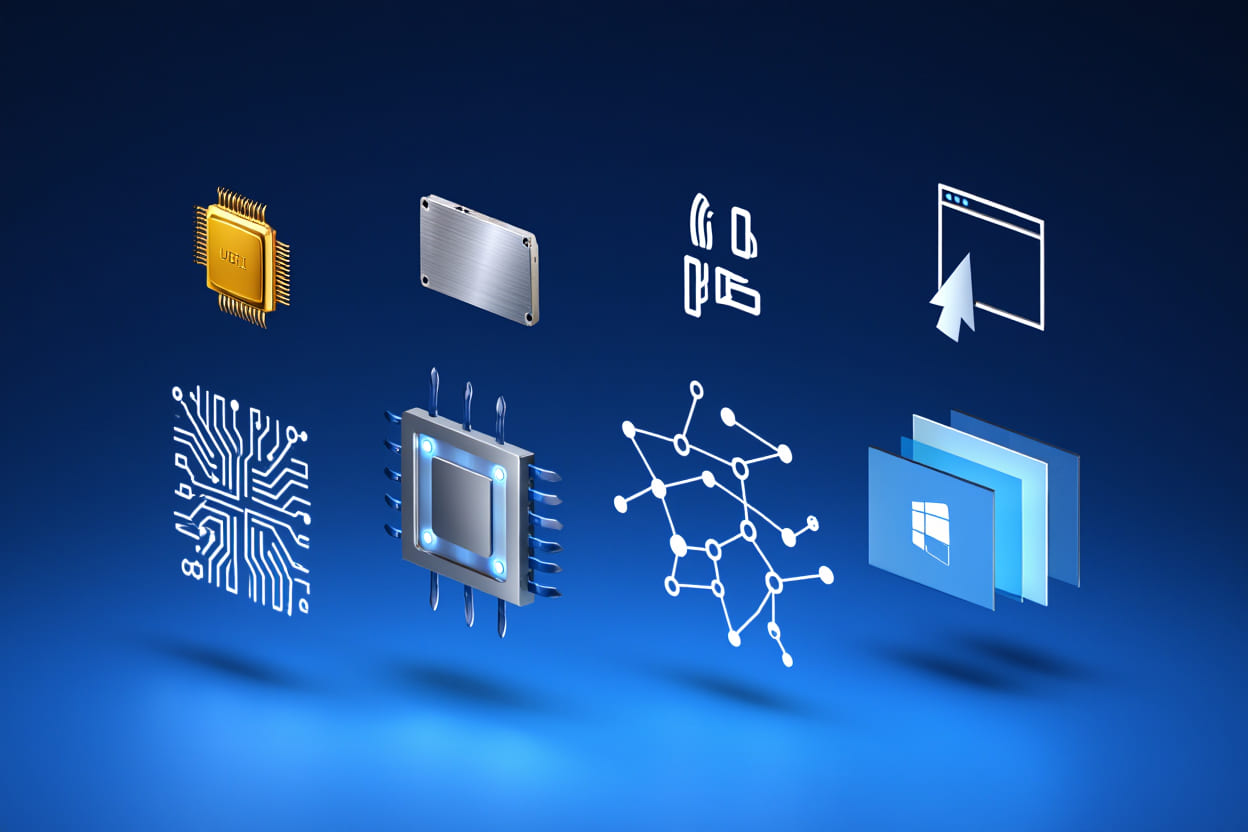
When you power on your PC, Windows 10 executes several key steps:
-
Boot Loader Initialization: UEFI (replacing the legacy BIOS) launches and initializes firmware components.
-
Kernel Loading: Windows loads core drivers to manage CPU, storage, and graphics hardware.
-
System Services Activation: Networking, security tools, and other background services start.
-
User Session Launch: The desktop environment and startup applications are loaded for user access.
Why Startup Slows Down in 2025:
-
Aging hardware: Traditional HDDs increase boot delays compared to SSDs or NVMe drives.
-
Software bloat: Too many startup apps and services running in the background.
-
Malware infections: Startup routines remain a prime target for malicious software.
-
Driver conflicts: Outdated or incompatible drivers cause performance bottlenecks.
2025 Update:
Recent Windows 10 builds now rely on Windows Resume and firmware-level optimizations, improving efficiency but making old registry-based tweaks obsolete.
Expert Insight:
“Startup performance depends heavily on hardware speed and background apps. Fixing these bottlenecks is the fastest way to reduce boot times.” — Windows Optimization Specialist, 2025
Before You Begin: Essential Prep Steps
Before applying how to speed up Windows 10 startup 2025 techniques:
-
Create a System Backup or Restore Point
-
Use Windows Backup or create a System Restore Point to protect your data.
-
This precaution is crucial because major system changes in 2025 can occasionally introduce instability.
-
-
Fully Update Windows 10
-
Go to Settings > Update & Security and install the latest patches and drivers.
-
Regular updates from Microsoft improve boot efficiency and fix compatibility issues.
-
Taking these steps creates a safety net, ensuring that you can easily roll back changes if necessary and build a stable foundation for faster startup improvements.
How to Speed Up Windows 10 Startup 2025: Step-by-Step Solutions
These proven methods will help you speed up Windows 10 startup in 2025 by targeting the most common causes of slow boot times.
1. Managing Startup Apps Effectively in 2025
Access the Task Manager by pressing Ctrl + Shift + Esc, then open the Startup tab. In 2025, this interface now includes:
-
Improved UI grouping
-
Startup impact metrics for each app

Steps:
-
Disable apps labeled “High Impact” that are not essential (e.g., cloud storage sync tools, updaters, pre-installed bloatware).
-
Avoid disabling antivirus or core system utilities.
-
Revisit this tab periodically because some apps may re-enable themselves after major Windows updates.

Expert Tip:
“Disabling unnecessary startup apps is like clearing your desk before starting work—less clutter means faster focus and a smoother experience.” — Windows Optimization Expert, 2025
Related Guide: Use Disk Cleanup Utility to remove leftover files that may also slow down startup.
2. Fast Startup: Enable or Review This Feature
Fast Startup is a hybrid boot feature that combines shutdown and hibernation to speed up system load.
To enable:
-
Go to Control Panel > Power Options > Choose what the power buttons do
-
Click Change settings that are currently unavailable
-
Check Turn on fast startup
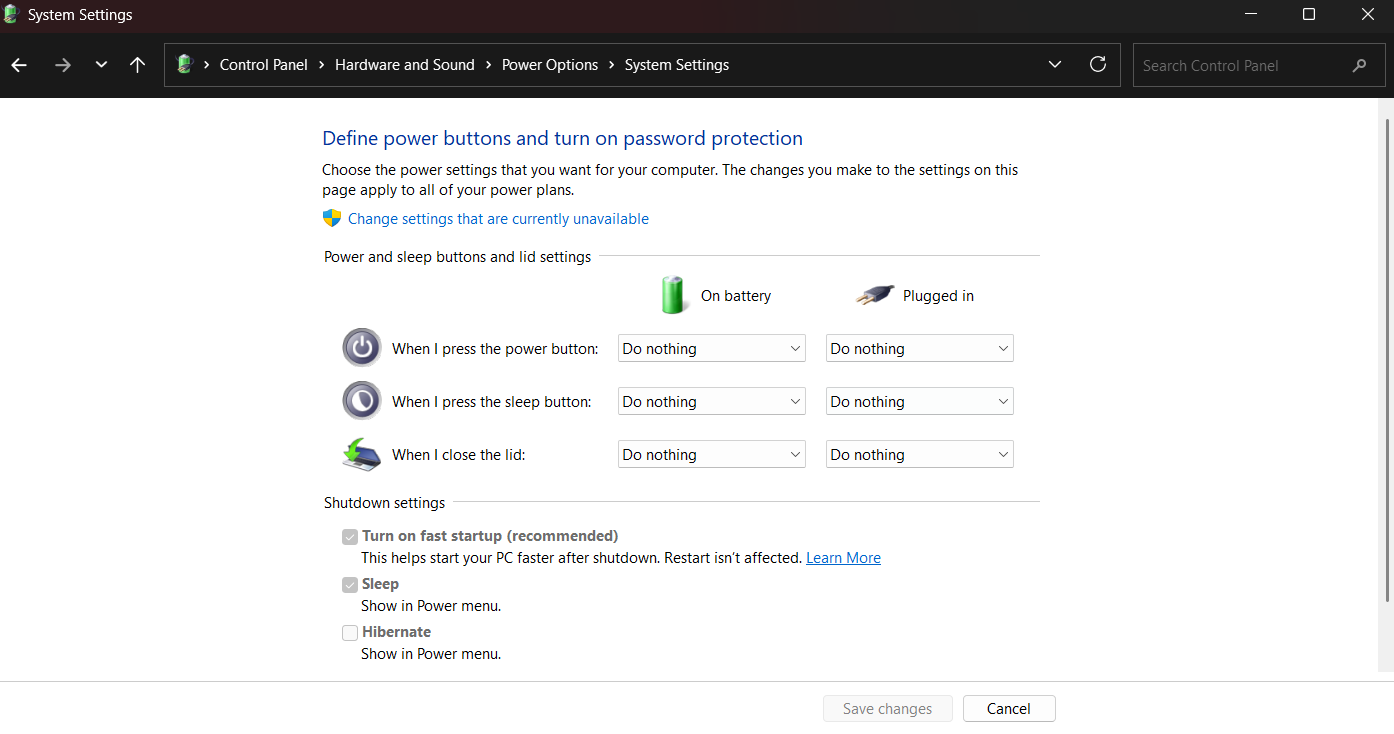
When to disable:
-
Issues with certain drivers or dual-boot systems
-
USB peripherals failing to initialize
-
Firmware updates not applying properly
Expert Insight:
“Fast Startup is effective on most PCs, but test compatibility if you use specialized drivers or multi-boot setups.” — IT Specialist, 2025
3. Upgrading to SSD/NVMe: Still the Fastest Win in 2025
Upgrading from an HDD to an SSD or NVMe drive remains the most effective way to speed up Windows 10 startup in 2025.
Benchmark (2025):
-
NVMe SSDs reduce boot times by 60–70%
-
SATA SSDs reduce boot times by 40–50%
-
HDDs remain the slowest option
Recommendation:
-
Use NVMe PCIe Gen 3 or newer with at least 500 GB for speed and longevity.
-
Clone your current drive or perform a clean install using migration tools.
4. Cleaning Up System Files, Unneeded Programs, and Bloatware
Keeping your system lean is key to faster startup:
-
Use Storage Sense: Settings > System > Storage
-
Run the updated Disk Cleanup tool to remove temporary files
-
Uninstall apps that slow down startup: old antivirus suites, redundant syncing tools, or outdated software
Avoid removing core Windows tools like Microsoft Defender or essential drivers.
Pro Tip:
“Routine cleanup ensures your startup stays fast and prevents background clutter from creeping back in.”
5. Checking for Malware and System Integrity Issues
Malware can inject itself into the startup process and slow down your boot.
Steps:
-
Run a full scan with Microsoft Defender, Malwarebytes, or Bitdefender (2025 version)
-
Open Command Prompt (Admin) and run:
-
sfc /scannow -
DISM /Online /Cleanup-Image /RestoreHealth
-
These tools repair corrupted Windows files and ensure all essential components load correctly at startup.
Expert Insight:
“System integrity checks fix deep-rooted issues that even antivirus scans can miss.” — Microsoft Certified Professional, 2025
Advanced Optimizations for Experienced Users (2025)
If you want to push performance even further, these advanced how to speed up Windows 10 startup 2025 techniques go beyond basic tweaks and are ideal for experienced users.
MSConfig and System Services Tuning (2025 Update)
MSConfig, accessible by typing msconfig in the Run dialog, gives you detailed control over startup processes. In 2025, it includes clearer service descriptions, making it easier to identify which ones are safe to disable.
Common non-essential services you may consider disabling if not in use:
-
Print Spooler (if you don’t have a printer)
-
Bluetooth Support Service (if you don’t use Bluetooth devices)
-
Remote Registry (rarely needed for personal PCs)
Disabling unnecessary services as part of how to speed up Windows 10 startup 2025 can improve boot times, but always create a restore point before making changes.
How to do it:
-
Press
Windows + R, typemsconfig, and hit Enter. -
Open the Services tab.
-
Check “Hide all Microsoft services” to avoid disabling critical ones.
-
Uncheck only non-essential services.
-
Restart your PC to apply changes.
Always create a restore point before making these changes. Disabling the wrong service can cause unexpected issues, so document your steps for easy reversal if needed.
Registry Tweaks and Startup Delay Adjustments
Another advanced how to speed up Windows 10 startup 2025 method is reducing startup delays through registry tweaks.
How to adjust:
-
Press
Windows + R, typeregedit, and hit Enter. -
Navigate to:
HKEY_LOCAL_MACHINE\SYSTEM\CurrentControlSet\Control -
Find
WaitToKillServiceTimeoutand reduce the value from5000(default) to around2000. -
Back up the registry before making changes using the Export function.
These tweaks can be powerful but risky. If you’re not comfortable editing the registry, it’s better to skip this step or seek expert assistance.
Tweaking Boot Processor/Core Utilization
Boosting CPU core usage during boot is a niche how to speed up Windows 10 startup 2025 technique:
How to configure CPU cores for boot:
-
Press
Windows + R, typemsconfig, and hit Enter. -
Go to the Boot tab and click Advanced Options.
-
Check “Number of processors” and select the maximum number available.
-
Click OK, then restart your PC.
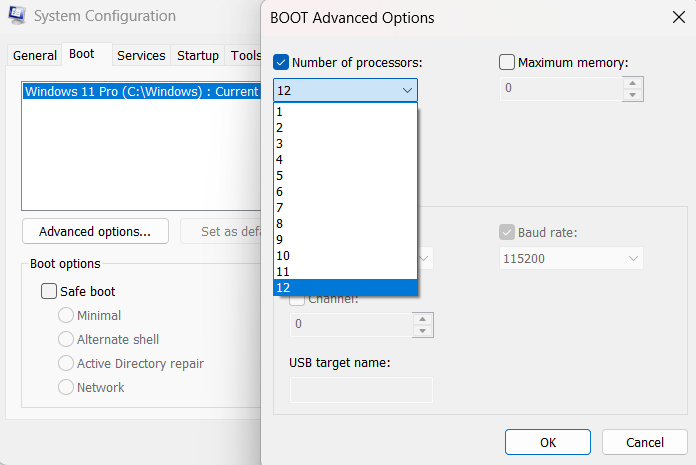
This tweak is mainly for enthusiasts who want to squeeze out every possible optimization. The gains are usually small but noticeable on systems with many cores.
Proven Maintenance Routines for a Fast Startup
To keep your PC running at peak performance in 2025:
-
Weekly: Review startup apps and remove unnecessary software.
-
Monthly: Run malware scans, perform disk cleanup, and check for driver updates after Windows updates.
-
After major changes: Create backups or restore points.
Consistent maintenance prevents gradual slowdowns and ensures your Windows 10 system stays fast and stable.
Troubleshooting Persistent Startup Slowdowns
If startup remains slow:
-
Check for outdated or conflicting drivers.
-
Test your SSD for errors.
-
Review failed Windows updates.
Use Event Viewer (Windows Logs > System) to find recurring errors. If hardware failures or critical boot errors appear, contact professional IT support to avoid further issues.
What Not to Do: Outdated or Risky Startup Advice (2025)
Avoid:
-
Disabling all services without understanding their role.
-
Using “one-click optimizer” tools that can harm system stability.
-
Applying old registry hacks or disabling security features that conflict with Windows updates.
Stick with proven, safe techniques to ensure long-term stability and compatibility in 2025.
Top Free and Trusted Tools for Windows 10 Startup Optimization (2025)
Use these tools for effective and secure optimization:
-
Task Manager: Manage startup apps.
-
Storage Sense: Automate file cleanup.
-
Windows Security: Detect and remove malware.
-
CCleaner (2025): Clean unused files and registry entries.
-
Autoruns: View and control all startup items.
Download these tools only from official sources to ensure authenticity and avoid security risks.
FAQ: Speeding Up Windows 10 Startup in 2025
Q1: Is it safe to disable all startup apps?
A: No. Disabling security software, essential system apps, or drivers can lead to serious issues. Only disable non-essential programs, such as third-party updaters or cloud sync tools, while leaving core Windows and antivirus apps enabled.
Q2: Does upgrading RAM or SSD improve startup more?
A: Upgrading to an SSD or NVMe drive has the most significant impact on Windows 10 boot speed in 2025. While adding more RAM improves overall performance, an SSD typically reduces startup time by 50–70% compared to traditional hard drives.
Q3: Has Fast Startup behavior changed in 2025?
A: Fast Startup remains effective for most PCs, but it may cause compatibility issues with certain drivers, dual-boot systems, or firmware updates. If you encounter problems, temporarily disabling this feature can help resolve them.
Q4: How do I fix slow Windows 10 startup after an update?
A: Check for driver updates, review startup apps, and run “sfc /scannow” and “DISM” commands to repair any corrupted system files. If the issue persists, uninstall the problematic update or perform a system restore.
Q5: Can malware slow down Windows 10 startup?
A: Yes. Malware can embed itself into the startup process, increasing boot times significantly. Running full scans with Microsoft Defender or trusted tools like Malwarebytes helps remove these threats and restore normal performance.
Glossary & Quick Reference (2025)
Understanding key terms is essential for optimizing Windows 10 startup in 2025. This glossary provides quick explanations of the most important concepts and tools mentioned in this guide, helping you take action confidently.
Fast Startup
A Windows 10 feature that speeds up boot time by hibernating the kernel session instead of performing a full shutdown. It’s enabled by default but may need to be disabled on systems with hardware compatibility issues or dual-boot configurations.
SSD/NVMe
Solid-state drives (SSD) and NVMe drives provide dramatically faster data access than traditional HDDs. In 2025, upgrading to NVMe is one of the most effective ways to reduce Windows 10 startup times.
MSConfig
A built-in Windows tool used to manage startup programs, services, and boot options. It is especially useful for advanced users who want to optimize or troubleshoot startup performance.
Maintenance Checklist
A printable checklist that includes weekly, monthly, and post-update tasks to keep your Windows 10 startup consistently fast and stable throughout 2025.
Conclusion
Mastering how to speed up Windows 10 startup 2025 comes down to smart software tweaks, essential hardware upgrades, and regular maintenance. By managing startup apps, enabling Fast Startup, and using trusted tools, you can noticeably cut boot times.
Advanced users can refine performance with MSConfig and registry tweaks, while beginners can rely on safe, step-by-step methods. Routine malware scans, driver updates, and cleanup tasks will keep your PC fast and stable.
Key Takeaways:
-
Disable unnecessary startup apps for faster boot times.
-
Enable or review Fast Startup for improved performance.
-
Upgrade to SSD/NVMe for the biggest speed boost.
-
Use tools like Task Manager, Storage Sense, and Windows Security.
-
Perform regular system maintenance and malware scans.
For more expert tips, visit the Windows section or explore the Softbuzz homepage for additional optimization guides. Small, consistent improvements can turn every startup into a faster, smoother experience.

